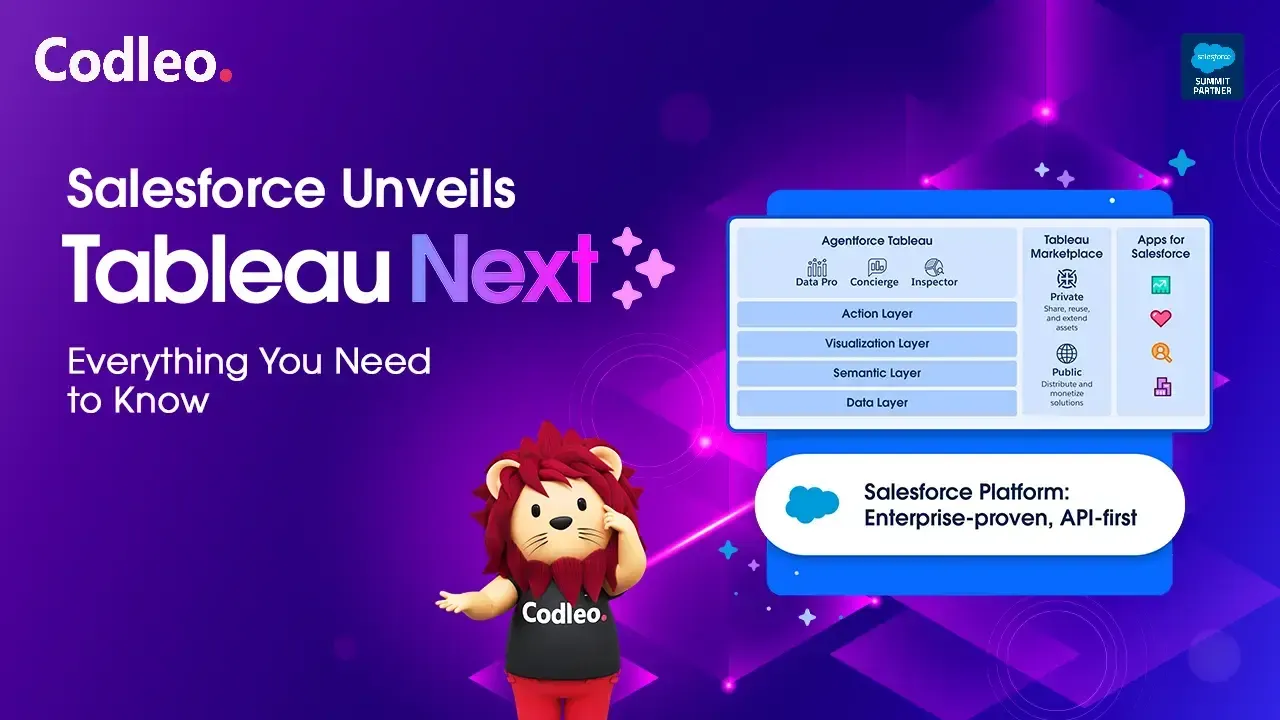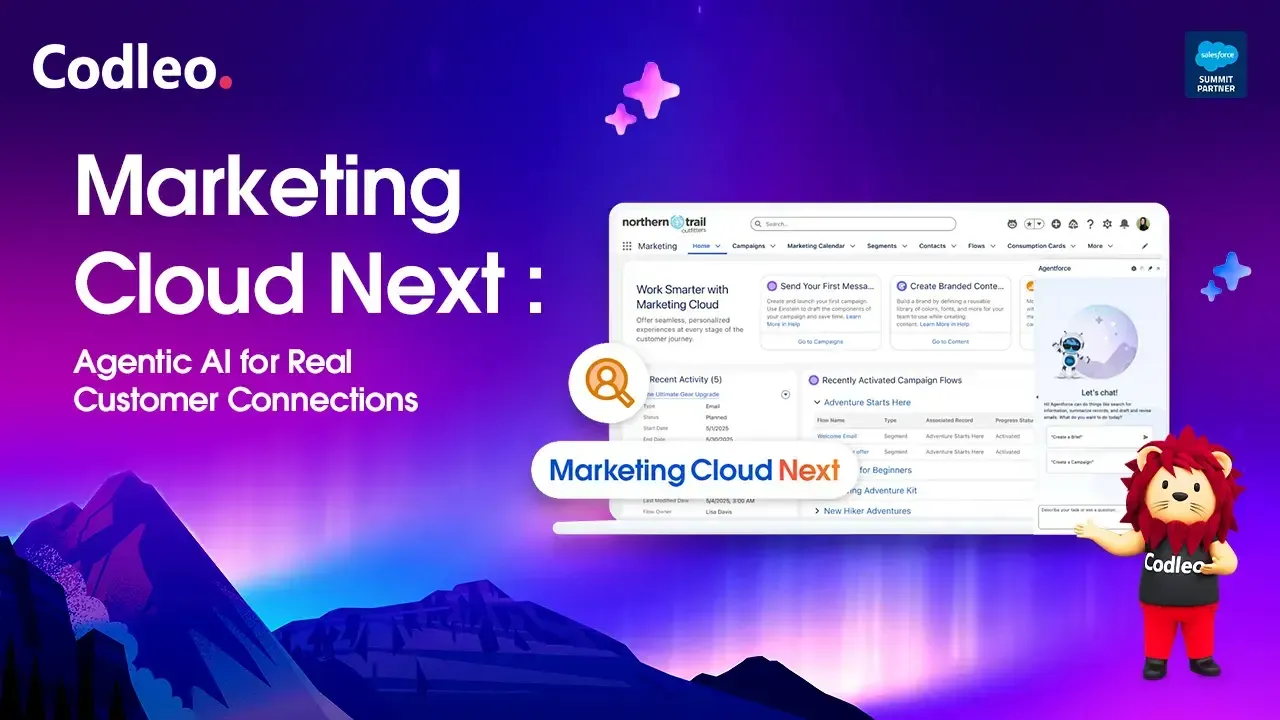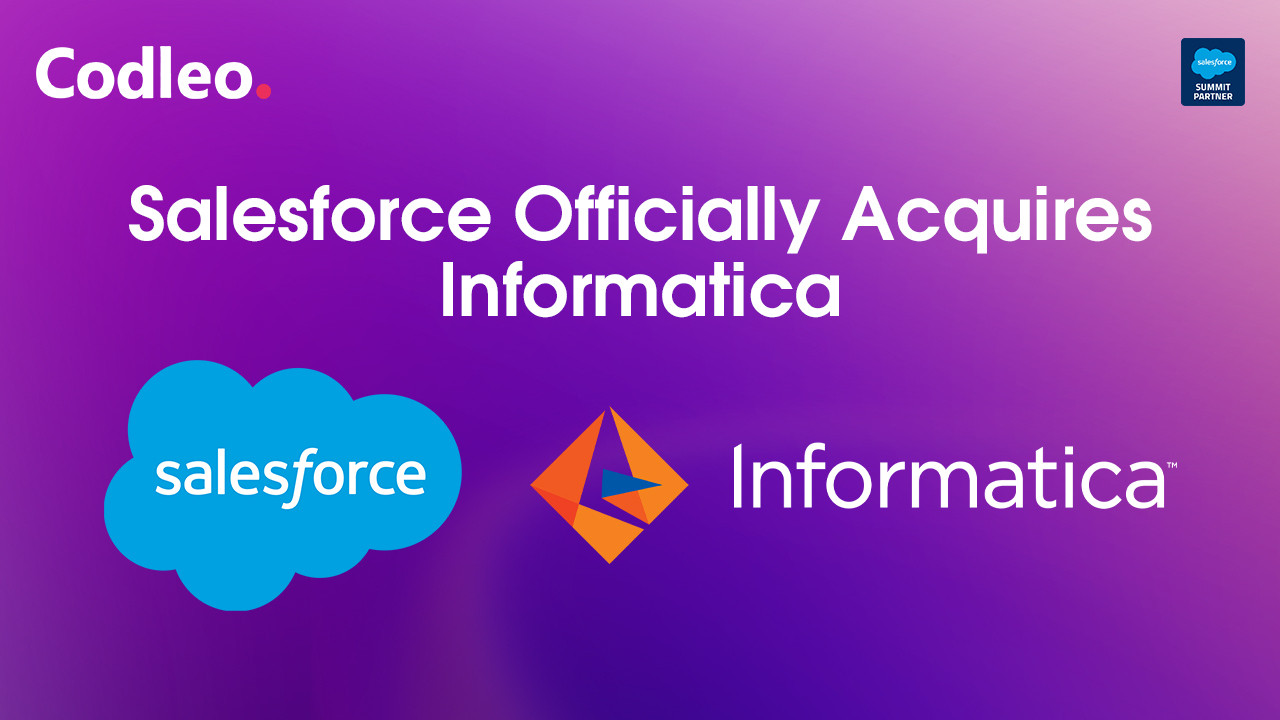Publish date:
A marketing strategy is how a brand promotes its products or services. It includes setting goals and picking methods to reach its target customers.
Marketing without a clear strategy is like building a house without a plan. You might get lucky, but you won't have the best property on the block.
Creating a marketing strategy helps you reach the right customers and guide them through your sales process. With practice, this can significantly increase your profits.
A marketing strategy is a clear plan for promoting a brand to customers. It includes several key parts:
-
Target audience: The customers who are most likely to connect with your product or service.
-
Marketing mix: Key details about your product include how you position it, its selling price, where you plan to sell it, and your marketing strategies.
-
Goals: Set clear short-term and long-term goals for your business.
-
Financials: Your budget for marketing includes money for software, advertising, and content.
-
Competitors: Get information about your competitors. It will help you understand your current market position.
-
Marketing channels: To effectively reach your target audience, plan to use tactics and channels such as AI agents to automate and optimize processes.
-
KPIs: The numbers your business needs to reach its goals and objectives.
Your team can focus on key marketing objectives when you develop a unique marketing plan that incorporates all these components. It enables you to stay adaptable as new marketing trends emerge and to identify the most effective ways to communicate with your audience.

How a Marketing Strategy Differs from a Marketing Plan
Your marketing strategy sets your main goals and directs your overall marketing efforts. However, it does not include the daily tactics you will use to reach these goals. That is the purpose of your marketing plan.
Think of your marketing plan as a step-by-step guide. It explains how you will turn your marketing strategy into action.
Marketing plan vs marketing strategy example
You have created a new marketing strategy for your skincare brand. You want to reach young professional women and present your product as a luxury item.
Your marketing plan outlines the steps you need to take to reach your goals. How will you show that your product is a luxury item and connect with your target audience? After doing market research, you may decide to:
-
Build a modern website that showcases the luxury of your brand.
-
Partner with beauty influencers to promote your products.
-
Start a regular blog exploring various aspects of self-care.
-
Send promotional packages to potential customers to get their feedback.
A marketing strategy and plan are essential for your success. They will guide you and help you stand out from the competition.
Types of marketing strategies
Conventional marketing is becoming less critical, and for good reasons. Traditional methods are estimated to get 50% fewer customer interactions than digital marketing. It is not good news for billboards, but it is excellent news for brands that create content online.
Many businesses are going back to traditional methods to stand out in the crowded online market. It means you have many options for your marketing strategy, and you should pick the one that fits your audience and goals. To help you see your choices, let’s look at some marketing channels and tactics you can use.
Traditional marketing strategies
Here are four traditional marketing methods that remain effective today.
1. Television commercials
TV remains one of the best ways for traditional advertising. It’s perfect for sharing compelling stories through visuals and helps you reach big audiences—especially if your ad airs during prime time.
2. Print advertising
Ads in magazines and newspapers can still grab attention and boost sales if they reach the right audience. It all comes down to knowing your target demographic.
3. Radio ads
Radio advertising still matters for local businesses. With the right message, you can connect with people in your area and attract nearby customers, though it might be harder to reach large numbers compared to other channels.
4. Direct mail
Many people believe that direct mail is outdated and belongs to a time before the internet.
71% of customers want personalized experiences from businesses. A tailored letter is a great way to meet this demand.
Even though traditional marketing is less popular now, it can still deliver a good return on investment (ROI) for your audience.
Digital marketing strategies
In 2025, online marketing is the top way to promote brands. It is a key part of any business strategy. Here are six methods that work very well.
1. Search engine optimisation (SEO)
SEO helps your site rank higher in search engine results. It involves making changes to your website so that more customers can find your brand online.
It frequently entails managing digital public relations, researching keywords, developing link-building strategies, and optimizing content for search-engine-friendly keywords. Along with several other SEO duties, it also entails resolving technical SEO issues, such as hreflang issues, and preventing keyword cannibalization.
2. Content marketing
To attract new customers and guide them through your sales process, create helpful content for your audience, such as blogs and infographics.
Combine this with SEO strategies to help people find your content.

3. Social media marketing
This strategy connects with people through social media sites like Facebook, Instagram, and TikTok. A social media campaign helps build brand loyalty and attract customers through referral marketing.
4. Email marketing
The most effective way to customize your messages is through email marketing. Potential clients can be kept interested and devoted by sending them newsletters, deals, and discounts.
5. Affiliate marketing
This method uses a third party to promote your product or service. It's called ‘affiliate’ marketing because the affiliate earns a commission for every sale, which encourages them to advertise your offering.
6. Pay-per-click (PPC) advertising
You bid on digital ads that search engines show to targeted users. You pay each time someone clicks your page, but it is the best way to drive traffic to your site quickly.
Digital marketing is primarily low-cost, allowing you to test different tactics simultaneously. It is especially true with the rise of generative AI marketing. You can use this technology to create personalized experiences, generate new marketing ideas, and make data-driven decisions.
Other helpful marketing terms to know
Many marketing terms can be confusing. Let's clarify some of these terms. Here are other marketing tactics you should know about.
-
Mass marketing: Instead of concentrating on particular groups, aim for a broad audience. Levi's and IKEA are two examples.
-
Niche marketing: Focus on a specific group of people based on their interests, location, or demographics. For example, think about products like bee wraps, lightweight camping gear, and gaming keyboards.
-
Outbound marketing: Contacting customers using traditional methods to promote your product includes direct mail, cold calling, and TV ads.
-
Inbound marketing: Create valuable content and experiences that help your customers discover your brand naturally. It includes writing blogs, posting on social media, and making videos.
-
Guerilla marketing: Using unexpected methods to surprise people and promote your product or service can be effective. For example, consider KFC’s partnership with Crocs.
How to develop a successful marketing strategy?
Let’s get started. Here’s how to create a marketing strategy from the ground up. Whether you are promoting your small business idea or expanding your large brand into a new market, these strategies will be effective.
Step 1: Identifying your target audience
Knowing your audience is essential for your marketing campaign. The more you understand them, the easier it becomes to set goals, position your product, and create targeted marketing campaigns.
The first step is to identify your product's target audience. It might seem clear to you, but if it's not, there are a few ways to find out.
-
Check your current sales data to find out who is buying your product.
-
Check out your competitors to see who they sell to.
-
Talk to consumers to find out what they need and want.
After you identify your audience, create an ideal buyer persona (IDP) to fill any knowledge gaps. This persona should include key information about your ideal customers, such as:
-
Age and gender.
-
Geographic location.
-
Job title and income.
-
Buying habits.
-
Motivations and beliefs.
-
Pain points.
Identifying pain points is crucial. You need to understand the problems your target audience faces to create an effective marketing strategy. By developing buyer personas, you can craft a marketing message that connects with your audience. Gather as much information as you can; the more you know, the better.
Step 2: Reviewing the competition
Now that you know your target audience, take time to understand your competition by doing a competitor analysis.
Research your main competitors. Check their websites, how they advertise, and what makes them unique. Look at how they position their products. It will help you understand how they turn customers into buyers. It will also provide ideas for making your offering stand out.
Step 3: Set clear and measurable goals
Next, define your marketing goals. Common business objectives include:
-
Driving traffic to your website.
-
Increasing sales.
-
Building trust with potential customers.
-
Increasing engagement with your target audience.
There’s a problem. All these goals are too broad and can be misunderstood. To create a clear and measurable goal, we need to use the SMART framework.
-
Specific: Make sure your goal is clear and specific.
-
Measurable: Ensure your goals can be measured.
-
Achievable: Ensure you can realistically reach your goals.
-
Relevant: Ensure the goal is relevant to your organisation.
-
Time-bound: Set a timeframe for this goal to be achieved.
Let’s focus on increasing sales and rephrase it to meet the SMART criteria.
This goal is clear and achievable. We can easily track our progress using KPIs and have a deadline to reach it. Great!
Expert tip: You don’t need to know precisely how to achieve your goals right now. You will figure that out later when you make a detailed plan. For now, create one or more SMART goals.
Step 4: Define your value proposition
Now that you know what your audience needs and have looked into your competition, it’s time to explain your products to your customers. Focus on the unique value your brand brings.
A "feature-benefit" approach is a great way to communicate your brand's message. Here’s how it works:
-
Describe a feature of your product.
-
Explain how that feature benefits your target audience.
“We make it easy for your marketing, sales, commerce, service, and IT teams to collaborate seamlessly, no matter where they are. This way, your customers enjoy great experiences and stay satisfied wherever they go.”
This feature allows all departments to communicate on one platform. This seamless communication helps keep your customers happy at every interaction.
Remember your brand's identity, mission, and voice. Focus on connecting with your customers and showing them how you can solve their problems. This approach will also help you stand out from your competition.
Step 5: Choose your marketing channels
You know what to say to your audience. Now, decide how you will share your message.
Start with your customer profile. How does your audience prefer to communicate? Which social media channels do they use? Are they more traditional or focused on technology?
You can use different marketing methods. If you want customers to find you online without paying for ads, you could use:
-
Blogs.
-
Attractive website landing pages.
-
Social media posts.
-
Webinars.
-
Ebooks.
-
Infographics.
-
Videos.
You can also pay for media to attract your audience. Your options include:
-
Billboards.
-
Print advertising.
-
TV ads.
-
Radio.
-
Pay-per-click advertising.
-
Direct mail.
Look closely at the channels you can use to reach your audience. Decide which ones will work best for them. Also, take a moment to check your budget. TV ads can attract customers, but if your marketing budget is tight, you might end up losing money.
Step 6: Create a marketing plan
You're close to starting your strategy. First, you need to be more specific.
If the marketing strategy is the ‘what,’ your business plans explain the ‘how.’ They include all the actions you will take to turn your strategy into reality.
If your goal is to increase customer engagement through social media marketing, you need to choose tactics that will help you achieve it. You could:
-
Contact your loyal customers and ask them to share their experiences.
-
Create a weekly poll that asks your followers interesting questions.
-
Host a giveaway that asks users to like, comment on, and share the post.
-
Write weekly success stories about your customers. Focus on how your product helps them.
-
Work with local influencers to promote your products.
-
Share a look at how your brand operates behind the scenes.
-
Make shareable images and infographics about essential topics.
The more specific you are with your plan, the easier it is for your team to work together and reach your goals.
Step 7: Monitor and measure performance
After putting your marketing plan into action, evaluate the results frequently to make improvements. Your marketing efforts will function more smoothly and remain on course if you practice good project management. Selecting some key performance indicators (KPIs) is now necessary.
Key performance indicators (KPIs) are measurable numbers that show how well you are reaching your goals. They help you see the results of your strategies and actions.
There are dozens of different marketing metrics to choose from, but here are some we like best:
-
Customer acquisition cost (CAC): This metric shows how much money you spend to gain a new customer through marketing. It helps you understand how effective your strategy is for attracting new customers.
-
Conversion rate: What percentage of visitors to your website make a purchase, fill out a form, sign up for your newsletter, or contact your sales team? You can use this information to see how well your marketing connects with your audience.
-
Return on investment (ROI): The easiest way to measure how profitable your marketing efforts are is to compare your actual returns to the costs of your strategy.
-
Cost per lead: This measures how much it costs to generate a lead through marketing, similar to Customer Acquisition Cost (CAC).
-
Lead-to-customer ratio: How often do you turn a lead into a customer? This measurement can help you find problems and improve your sales process.
-
Organic traffic: How much website traffic do you get from search engines each month? It is a critical way to measure how well your SEO and content marketing are working.
Select relevant KPIs and analyze them regularly. It will help you adjust your strategies and better meet your customers' needs.
Key takeaway: To build brand awareness, promoting your product’s benefits is not always the best approach. Instead, focus on creating a supportive and engaging community. Use content, social media, and community involvement to achieve this.
How can Salesforce Marketing Cloud help?
Marketing relies more on creativity than on strict rules. You can’t expect to win every time. However, using the correct data can help you make better decisions. This approach can boost your chances of success and increase your profits while spending less.
Salesforce Marketing Cloud helps you create great customer experiences at every point of your business. Our marketing software brings all departments together on one platform and organizes your customer data. It gives you a complete view of your business data.
It creates a single profile that helps you improve each step of the customer journey, from brand awareness to making a purchase. Here are some features we provide:
-
Audience Builder: Divide your audience to gain a clear picture of each customer and focus on specific groups.
-
Unified customer journeys: Create unique customer journeys for websites, ads, mobile apps, and more. It helps provide a smooth experience that leads customers through your sales process.
-
Content creator: Manage and improve your content in one place using our easy-to-use categorization features.
-
Analytics: Track your campaign performance easily and find new insights with our AI-based predictive analytics.
Want to know what else the Salesforce Marketing Cloud can do for your marketing campaign? Check out our Marketing AI tools here or sign up to watch the free demo.
Elevate your marketing efforts with Codleo’s Salesforce consulting services. As your Salesforce partner, we are dedicated to helping you maximize the potential of Salesforce Marketing Cloud. Our team offers friendly support, practical advice, and customized solutions tailored to your needs. Are you ready to create more innovative campaigns and strengthen customer relationships?
Contact Codleo for expert support with Salesforce Marketing Cloud, and let your business thrive with confidence.















